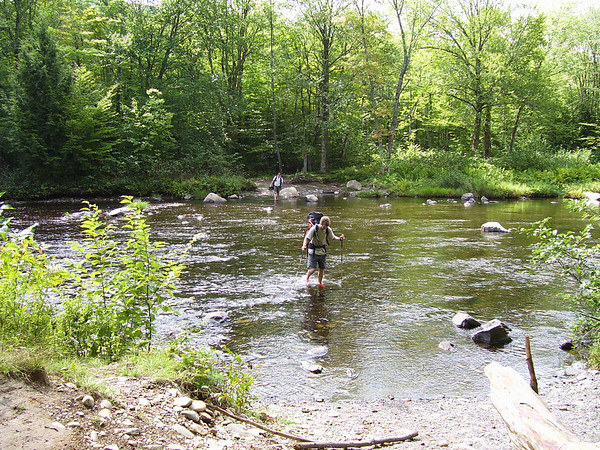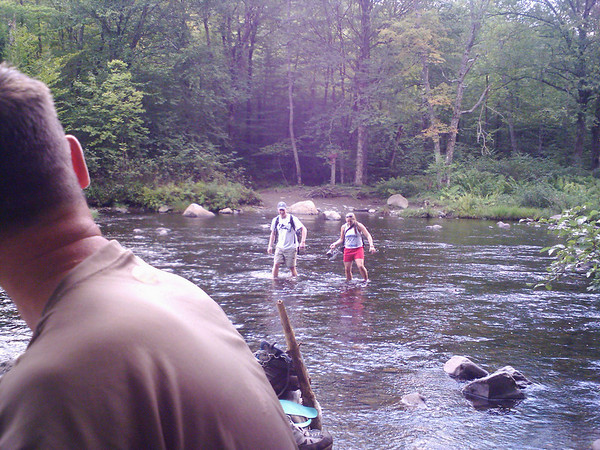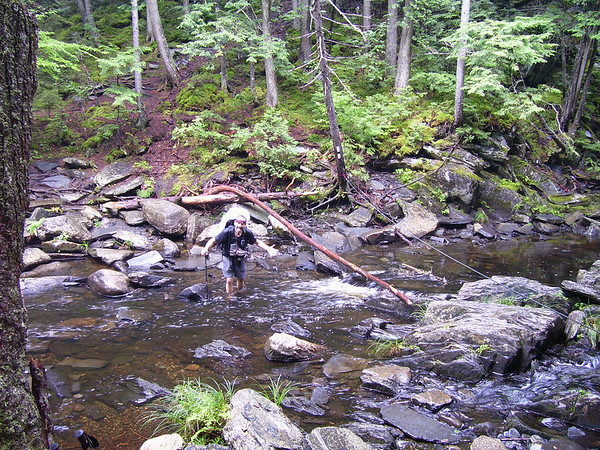Fellow hikers -- I have the unique opportunity with time off from work to do hiking (i.e. unemployment). I have been toying with the idea of doing the 100-mile wilderness as a solo hike. I actually did the first 35 miles (north to south) with a friend, but due to schedule we didn't finish. I want to go back and finish it.
I am nervous to be a solo hiker. I know many people hike this section so i doubt i'll be completely solo for the whole trip. I felt more confortable hiking it with my friend. I am mostly worried about the fording (as i can't swim and water levels are high this year) and what to do in an emergency like an injury. Do solists have emergency plans for rescue, or is this the risk of hiking solo? I assume there is no cell reception in the area, so i'm not sure what could be done in case of an emergency.
Any thoughts advice would be appreciated, thank you!
I am nervous to be a solo hiker. I know many people hike this section so i doubt i'll be completely solo for the whole trip. I felt more confortable hiking it with my friend. I am mostly worried about the fording (as i can't swim and water levels are high this year) and what to do in an emergency like an injury. Do solists have emergency plans for rescue, or is this the risk of hiking solo? I assume there is no cell reception in the area, so i'm not sure what could be done in case of an emergency.
Any thoughts advice would be appreciated, thank you!



